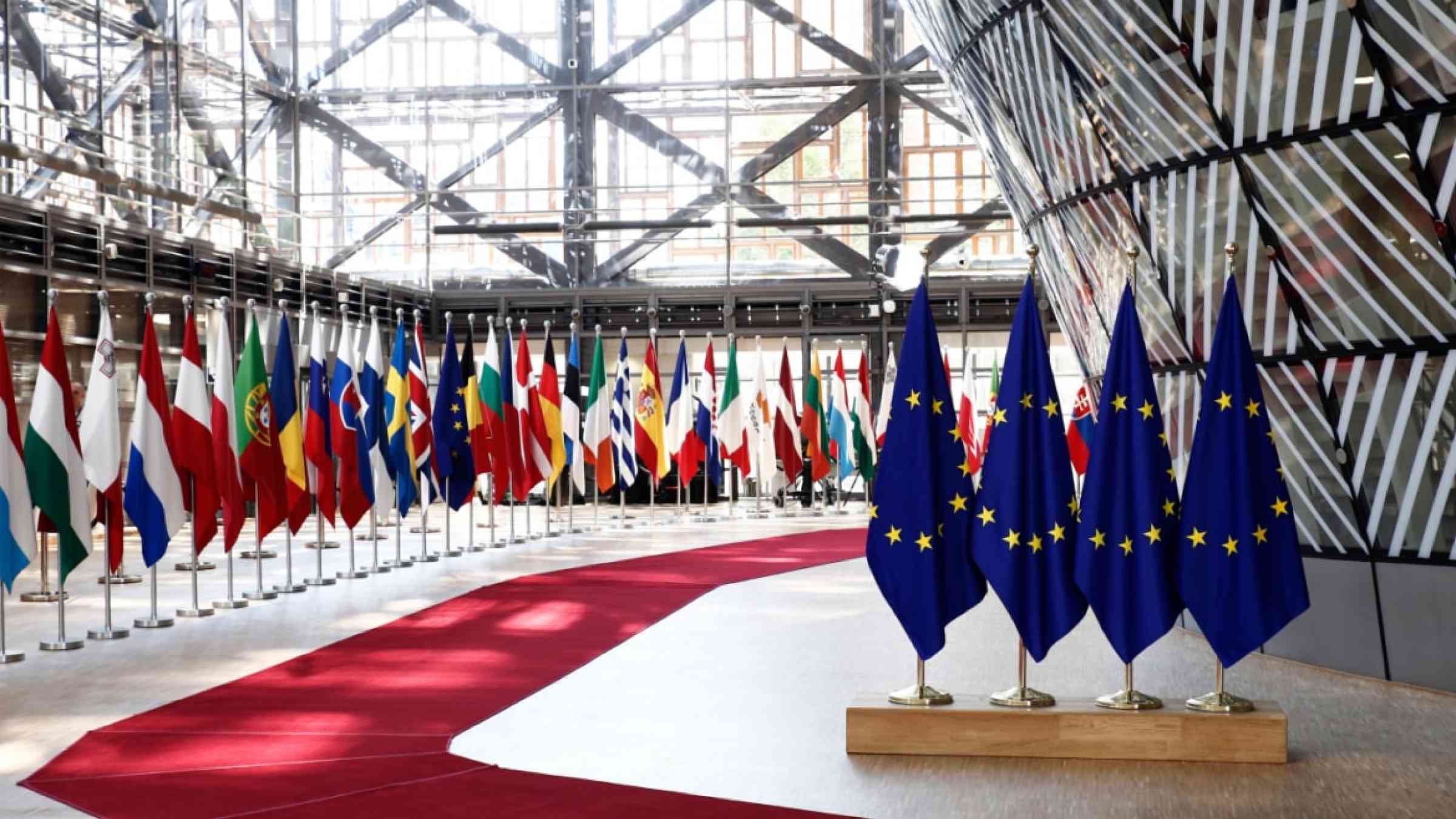
The European Commission adopted a Recommendation and a Communication to establish common goals to boost disaster resilience in the areas of civil protection. This includes ways to better prepare European countries for natural hazards, including earthquakes, floods, and wildfires to name a few.
In view of the rapidly changing risk landscape, the European disaster resilience goals aim to improve the capacity of the EU, its Member States and participating states in the EU Civil Protection Mechanism to anticipate and withstand the effects of future major disasters and emergencies.
To this end and in close cooperation with Member States, the European Commission identified 5 goals to pursue collectively.
The 5 European Disaster Resilience Goals are:
- Anticipate – To improve risk assessment, anticipation, and disaster risk management planning. The complexity and interdependency of risks the EU faces makes it important to identify vulnerabilities in critical sectors, and anticipate hazards and threats.
- Prepare – To increase risk awareness and preparedness of the population. Increasing risk awareness and preparedness of the population helps to reduce the impact of disasters.
- Alert – To enhance early warning. Enhancing early warning systems ensures that warning messages across the national, regional and local levels reach the right people on time.
- Respond – To enhance the EU Civil Protection Mechanism response capacity. By further enhancing the EU Civil Protection Mechanism response capacity, the EU can provide more help to fill critical gaps and avoid further deterioration of the situation when the capacity of a country is overwhelmed.
- Secure – To ensure a robust civil protection system. Civil protection systems need to remain operational 24/7, during and after disasters, when they are most needed. Updating business continuity plans and procedures and ensuring coordination and information sharing across sectors, including with critical infrastructure providers, will help civil protection systems to function at all times.
To kick-off the implementation of these goals, the European Commission is launching 5 flagship initiatives, one under each goal. For example, a flagship initiative will be to launch preparEU, a pan-European awareness raising programme for disaster resilience targeting European citizens.
Background
When the scale of an emergency overwhelms the response capabilities of a country, it can request assistance via the EU Civil Protection Mechanism.
Once activated, the EU's Emergency Response Coordination Centre coordinates and finances assistance made available by EU Member States and eight additional Participating States (Albania, Bosnia and Herzegovina, Iceland, Montenegro, North Macedonia, Norway, Serbia, and Türkiye) through spontaneous offers.
The Union disaster resilience goals set priority areas and related specific objectives to strengthen the disaster resilience of the EU Civil Protection Mechanism and of the Member States. The goals are a non-binding common baseline to support prevention and preparedness actions in the event of disasters which affect two or more countries at the same time.